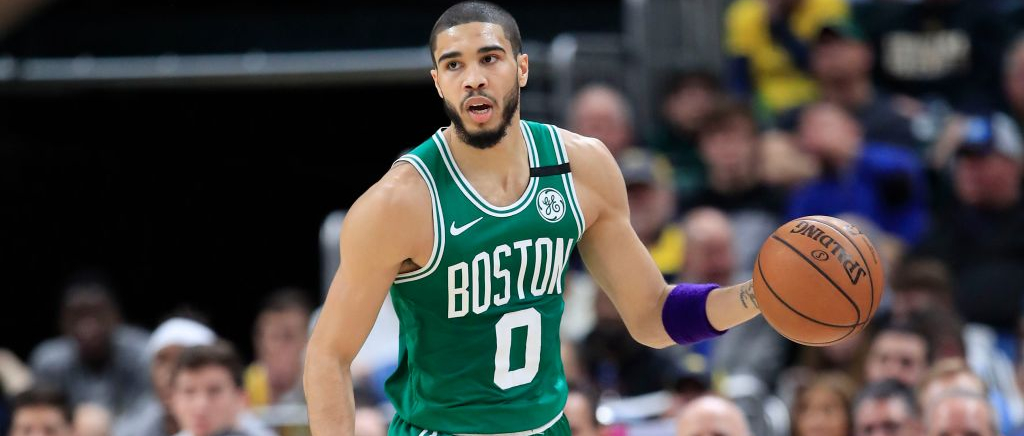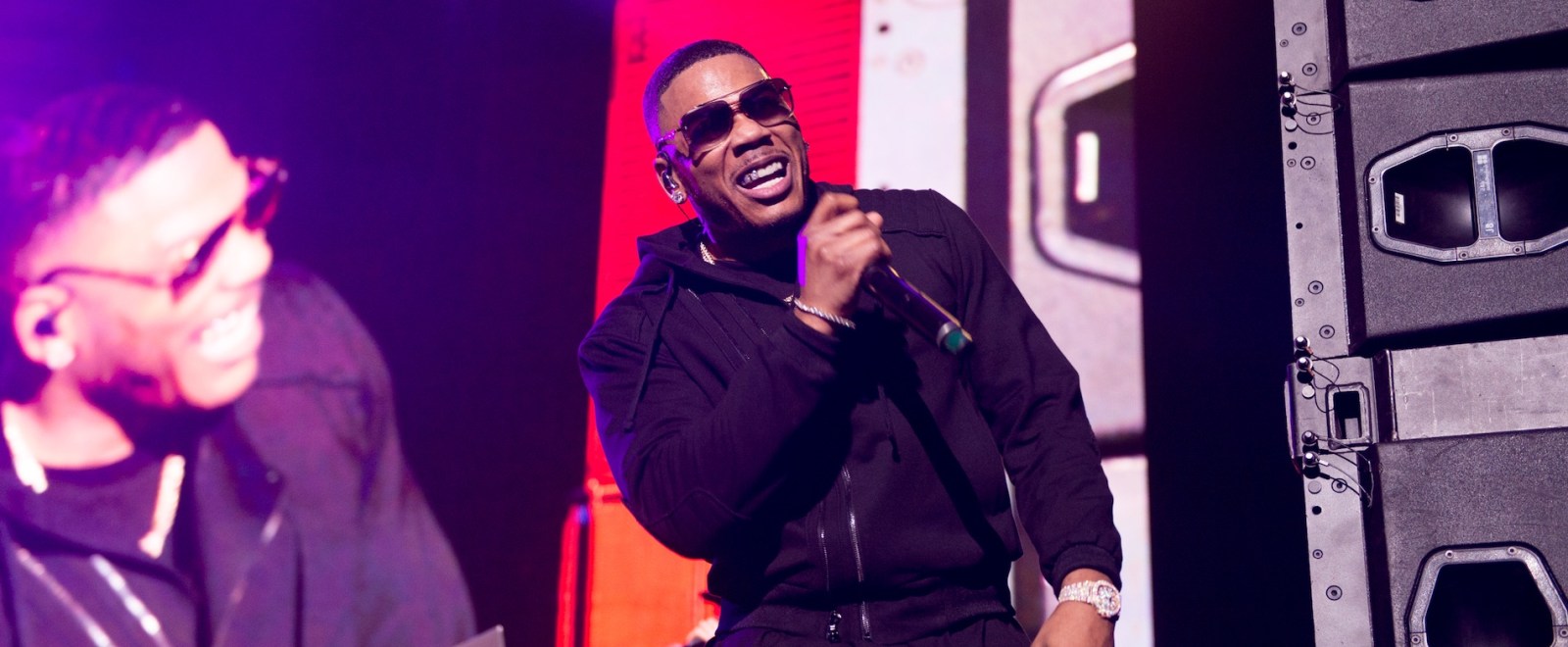
This year’s AMAs showcased some of today’s biggest stars with scheduled sets by Billie Eilish, BTS, Dua Lipa, and DaBaby, but the awards show also featured some veteran acts. Nelly was invited to the stage to give a performance of his 2001 hit “Ride Wit Me” and his song brought up mixed emotions for viewers.
As Nelly shared his Country Grammar track on live TV, there was a clear generational divide seen on social media. Some viewers from the younger generation admitted they didn’t know who Nelly was while others were shocked to see that it’s been nearly two decades since the release of his seminal debut album.
Sharing their thoughts on Twitter, many were shocked to see that Gen Z didn’t recognize the singer.
if u dont know who nelly is ur too young to be on twitter i dont make the rules
— karmin (@0NLYCHERRY) November 23, 2020
Omg everyone who doesn’t know who nelly is, pls unfollow. You’re too young
#amas pic.twitter.com/C26ihzm4la
— katy
(@wonderchanges) November 23, 2020
oomfs don’t know who nelly is??? that’s embarrassing…keep it to yourself pic.twitter.com/fyEc05C4vE
— gigi (@iluvsem) November 23, 2020
Others were remembering Nelly’s looks.
#AMAs Nelly really been fine his whole life like pic.twitter.com/BjIGylVeEH
— Brown Skin Girl With Skin Like Pearls (@AnimeOtaku1723) November 23, 2020
idk if ive been in quarantine too long but nelly lookin a lil
pic.twitter.com/8MeDLEyZNe
— Neo⁷ (@joonfendi) November 23, 2020
Nelly’s performance also made some feel nostalgic.
Thank you Nelly for taking such great care of yourself. It’s truly an honor to still be crushing on you 20 years later. Congrats sir. #AMAs pic.twitter.com/Zgj7q6uVvJ
— Lauren E. Banks (@LaurenEBanks) November 23, 2020
Nelly’s Country Grammar is really 20 years old #AMAs pic.twitter.com/h9KZ0PgGrL
— philip lewis (@Phil_Lewis_) November 23, 2020
Nelly hasn’t aged a bit and is performing ahh taking me back! 20 years wow
#AMAs pic.twitter.com/7I7Din5zn1
—
J E S S
(@SmarterBeauty09) November 23, 2020
Seeing @Nelly_Mo on the #AMA I’m like damn how time flies ..I love the ole school vibessss .. pic.twitter.com/FNYtzcDFc6
— MissUnderstood
(@I_am_nykeba) November 23, 2020
In other Nelly news, the singer is currently appearing on this season of Dancing With The Stars — and he’s not sacrificing his style. Producers told the singer that he needed to wear approved dance shoes during his performances, but Nelly didn’t want to sport the classic all-black kicks. Instead, the singer was able to find a shoemaker to update his Jordan 3s with a Dancing With The Stars-approved heel.
Check out fans react to Nelly’s appearance at the 2020 AMAs above.


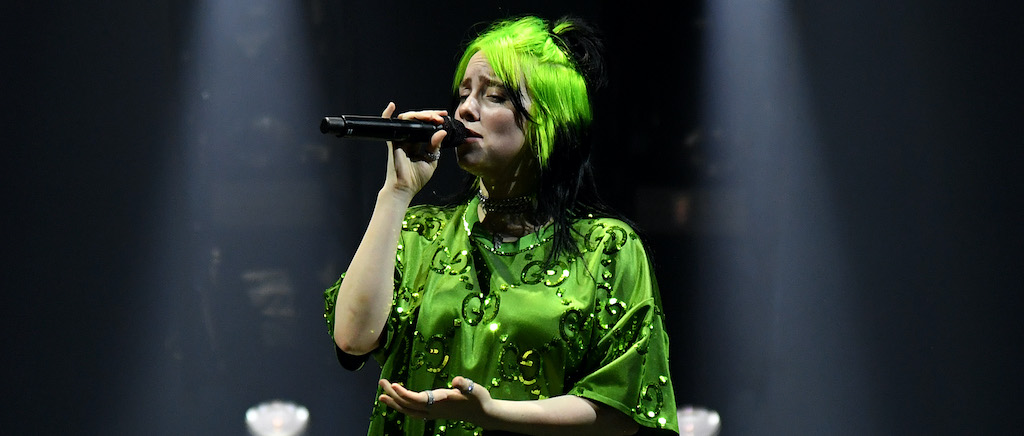
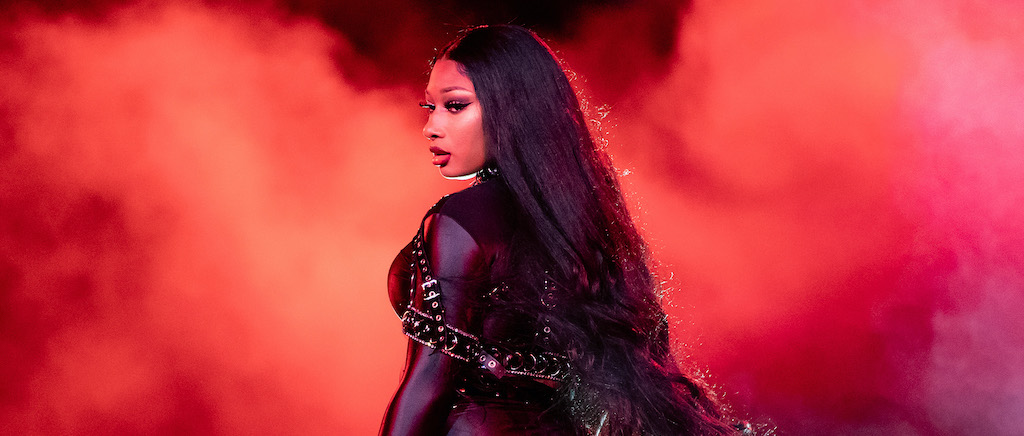

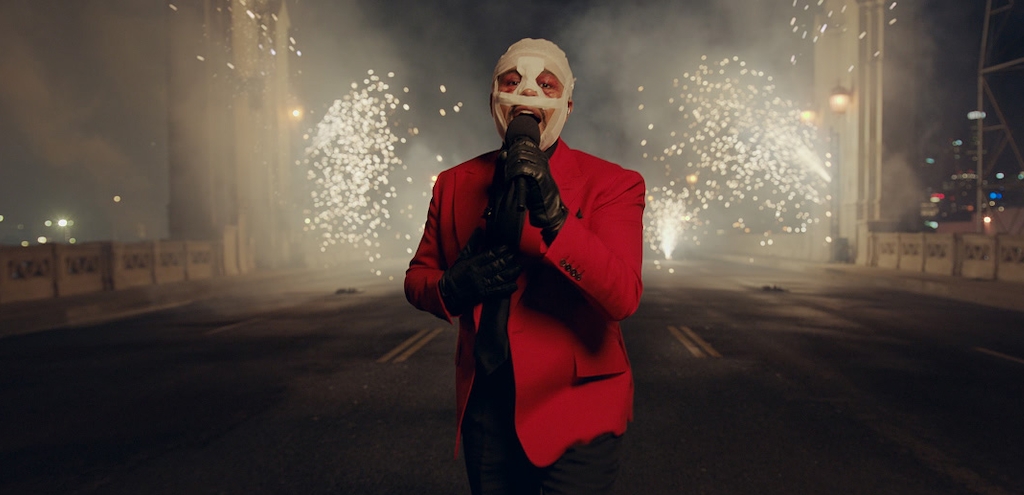
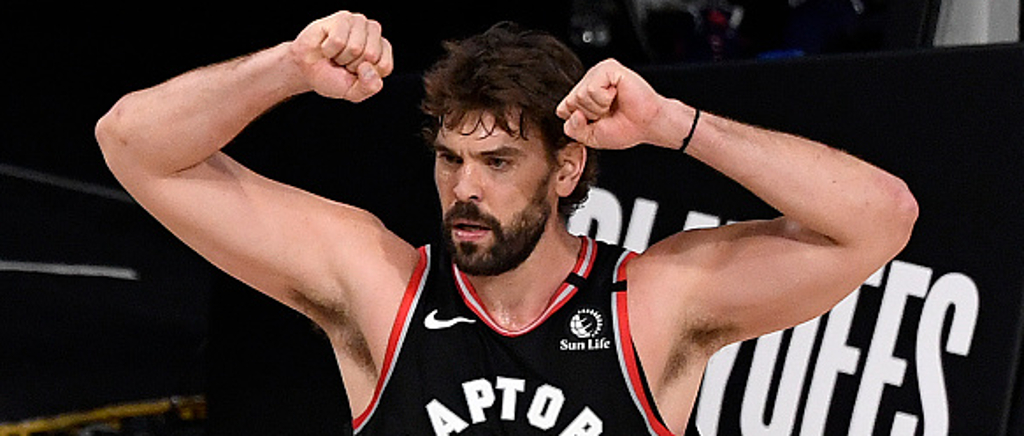
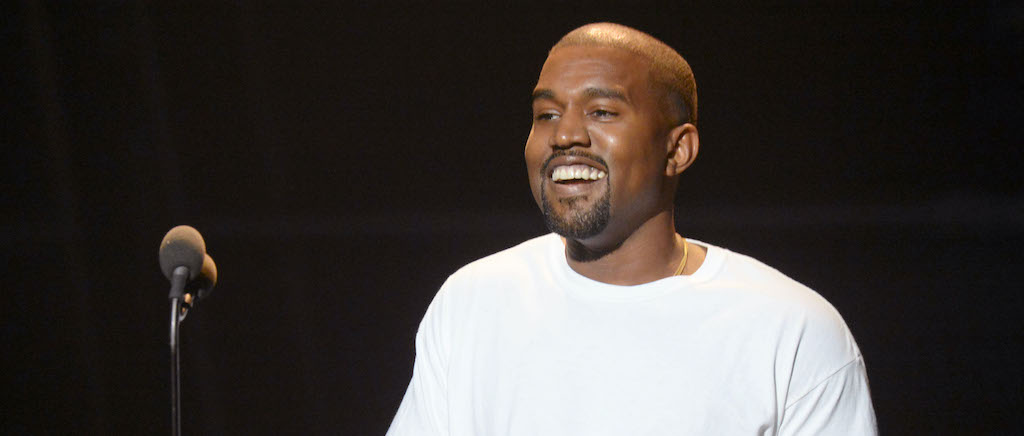
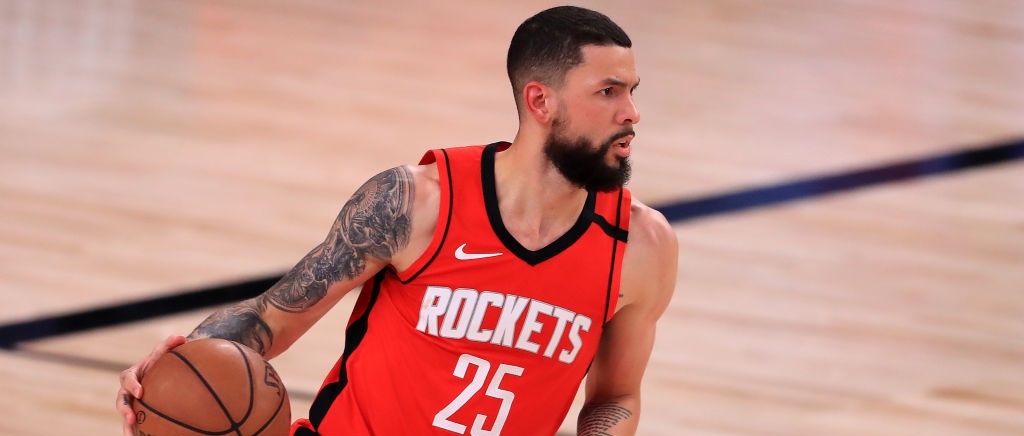
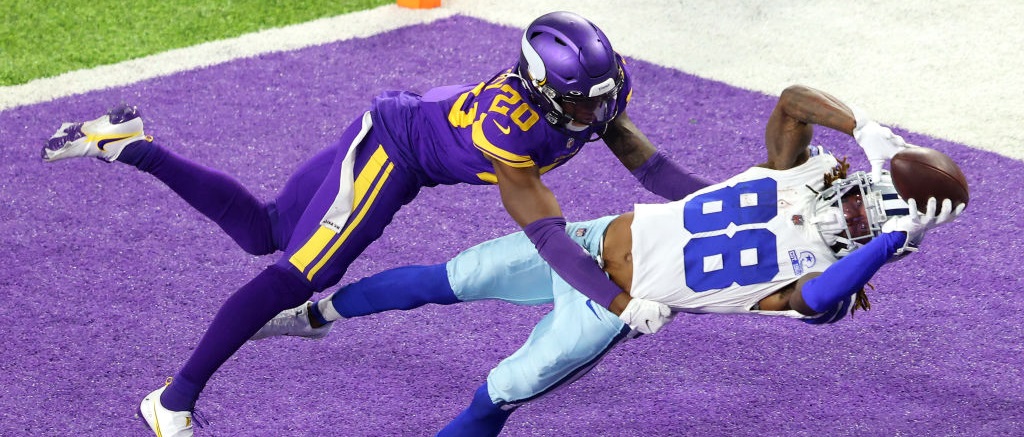
 :
:  : NFL app // Yahoo Sports app:
: NFL app // Yahoo Sports app: 